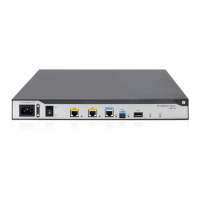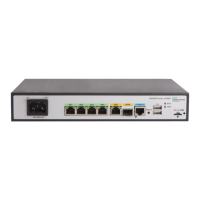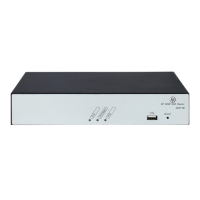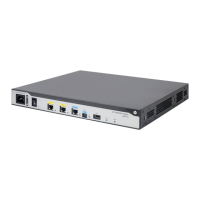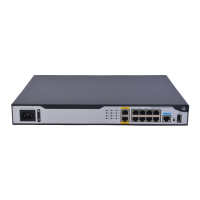199
# Create a local user usera for authenticating Router A, and configure the service type as PPP.
[RouterC] local-user usera class network
[RouterC-luser-network-usera] password simple usera
[RouterC-luser-network-usera] service-type ppp
[RouterC-luser-network-usera] quit
# Configure an IP address for interface Dialer 0.
[RouterC] interface dialer 0
[RouterC-Dialer0] ip address 122.1.1.2 255.255.255.0
# Enable bundle DDR on the interface.
[RouterC-Dialer0] dialer bundle enable
# Configure the Specify the host name of the remote router allowed to call in.
[RouterC-Dialer0] dialer peer-name usera
# Configure the dial string for calling Serial 2/1/1 on Router A.
[RouterC-Dialer0] dialer number 8810049
# Associate the interface with dialer group 1.
[RouterC-Dialer0] dialer-group 1
# Configure PAP authentication on the interface.
[RouterC-Dialer0] ppp authentication-mode pap
[RouterC-Dialer0] ppp pap local-user userc password simple userc
[RouterC-Dialer0] quit
# Configure interface Serial 2/1/0 to operate as an asynchronous interface in protocol mode.
[RouterC] interface serial 2/1/0
[RouterC-Serial2/1/0] physical-mode async
[RouterC-Serial2/1/0] async-mode protocol
# Assign the interface to Dialer 0.
[RouterC-Serial2/1/0] dialer bundle-member 0
# Enable PPP encapsulation on the interface.
[RouterC-Serial2/1/0] link-protocol ppp
# Configure PAP authentication on the interface.
[RouterC-Serial2/1/0] ppp authentication-mode pap
[RouterC-Serial2/1/0] ppp pap local-user userc password simple userc
[RouterC-Serial2/1/0] quit
# Configure the user line to be used, and enable modem dial-in and dial-out on it.
[RouterC] line tty1
[RouterC-line-tty1] modem enable both
Verifying the configuration
# Verify that Router A can successfully ping Router B and Router C.
# Verify that Router B and Router C cannot ping each other.
ISDN-based traditional DDR configuration example
Network requirements
As shown in Figure 59, the interfaces BRI 2/4/0 of Router A, Router B, and Router C are in the same
network segment.
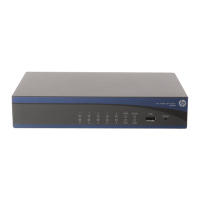
